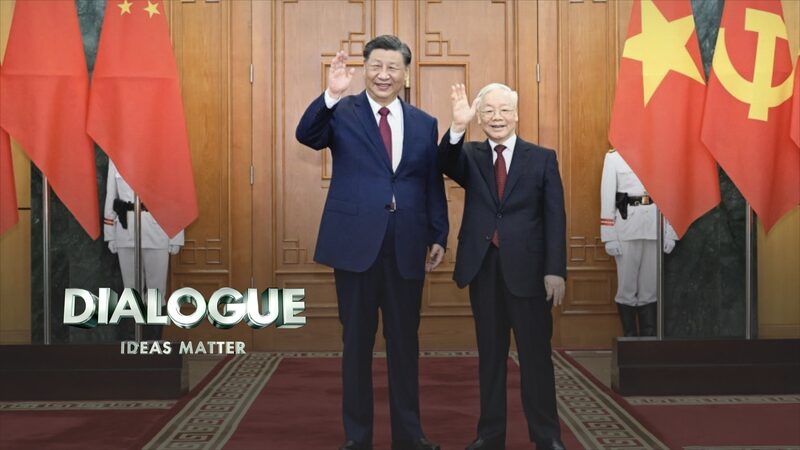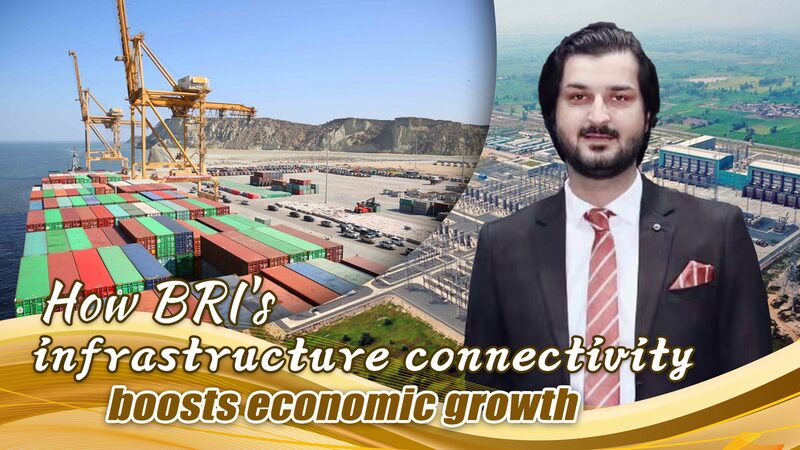🌏✨ At the recent G20 summit, one of the standout stories was the unveiling of the India-Middle East-Europe Economic Corridor (IMEC). This ambitious rail and ports project is seen as a strategic counter to China's Belt and Road Initiative (BRI), aiming to enhance connectivity and boost economic growth across continents.
In a surprising move, U.S. President Joe Biden skipped the East Asia summit but made a swift visit to Vietnam. During his trip, Biden and Vietnam authorities upgraded their bilateral relations to a new level, signaling a strengthened partnership in the region.
So, what does IMEC mean for the global stage? Economically, the corridor promises to streamline trade routes, reduce transportation costs, and facilitate smoother logistics between Asia, the Middle East, and Europe. Geopolitically, it positions the U.S. as a key player in shaping the future of international trade and infrastructure development.
Biden’s latest moves reflect a clear Asia strategy focused on strengthening alliances and offering viable alternatives to existing initiatives like the BRI. By investing in Vietnam and backing projects like IMEC, the administration is not only fostering economic ties but also ensuring strategic influence in a region pivotal to global stability.
Will Vietnam become a pivotal player in the U.S. efforts to balance China’s influence? Experts believe that Vietnam's strategic location and growing economy make it an essential partner in this new economic landscape.
As IMEC progresses, all eyes will be on how it reshapes trade dynamics and what it means for the future of international relations in Asia and beyond. Stay tuned to NewspaperAmigo.com for more updates on this developing story! 🚄🌐🛳️
Reference(s):
What does the newly proposed IMEC reveal about Biden’s Asia strategy?
cgtn.com




